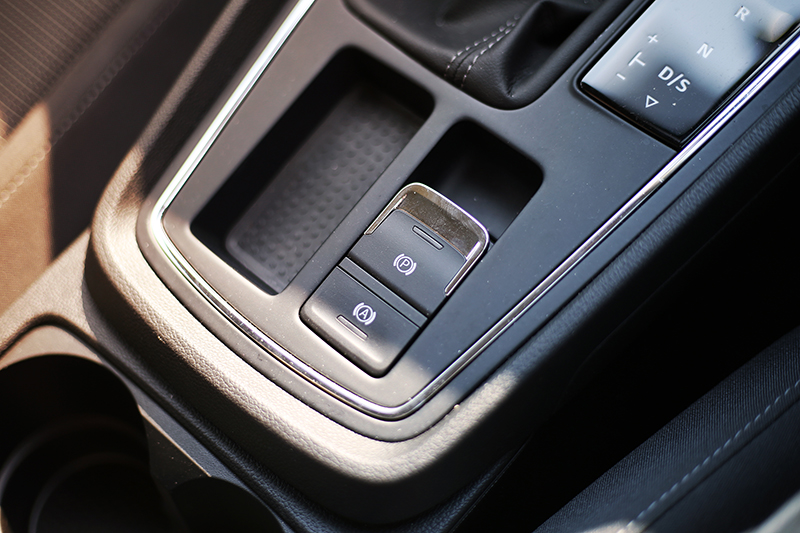Gone are the days where large capacity engines are needed for a car’s lively performance. The introduction of turbochargers has allowed even the base-model in any line-up to drive decently.
Case in point, the SEAT Leon 1.0 TSI. Employing the same 3-cylinder unit found in the Audi A3 1.0 TSI, Skoda Octavia 1.0 TSI and Volkswagen Golf 1.0 TSI (yes, all of whom belong to the same VAG household), the 1-litre force induced engine pushes out a punchy 114 bhp, and more importantly, 200 Nm of torque.
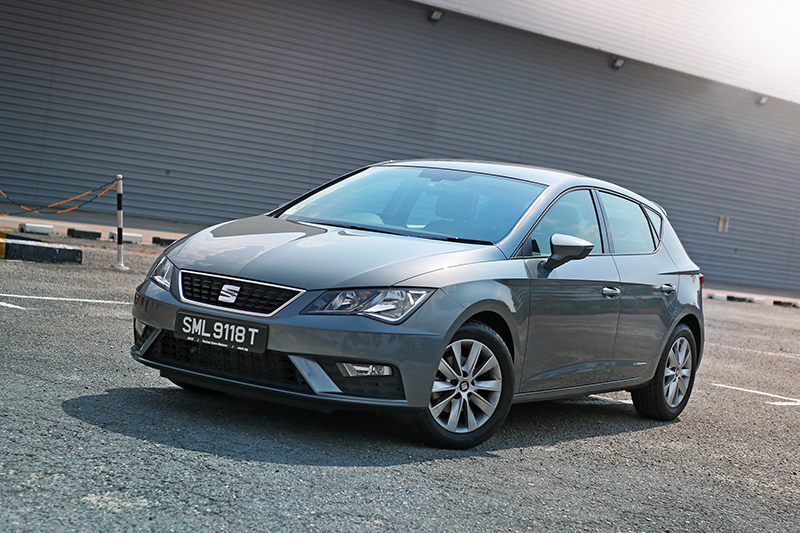
Despite having similarly-powered siblings, the SEAT manages to carve out a compelling case for its own by being the sharpest looking one. It’s hard to deny that the edgy lines and aggressive front end makes the Leon the fairest of them all. Inside, it’s also a mix of hard kinks and angular shapes, highlighted by chrome trims and further accentuate the design approach.
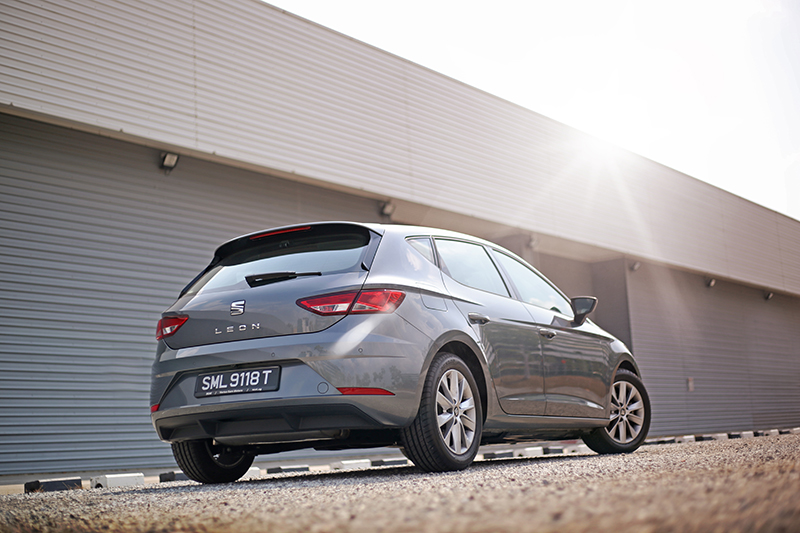
Materials are not of Audi-level, as expected of course. But they do feel robust enough to last for many years to come. To some extent, it is less stressful and therefore more enjoyable to use practical interiors like these as a daily runabout, simply because you don’t have to concern yourself with having an immaculate interior.
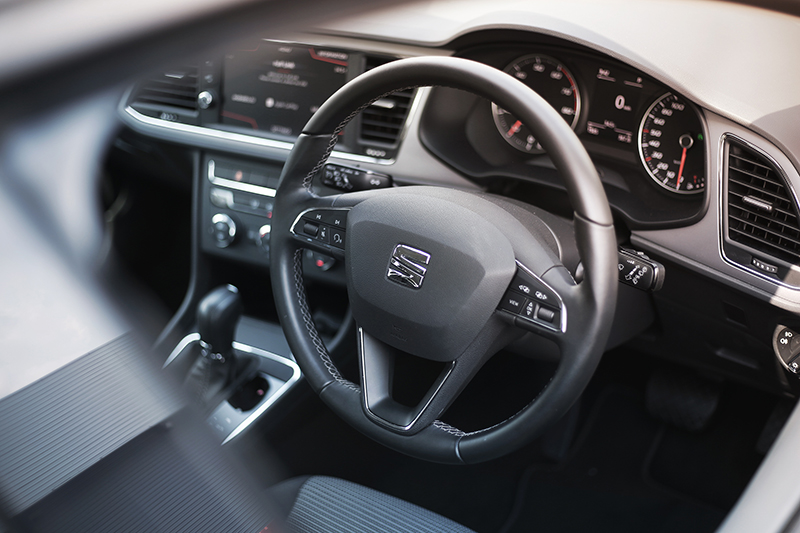
But don’t mistake 'practical' for inferior, the Leon’s cabin is still a nice place to be in and features modern bits to make a driver happy. Hill hold control, a neat push start button (basic I know, but still nice), climate control, multi-function steering wheel, full media connectivity with ApplePlay and Android Auto, Bluetooth function and the works - that’s pretty much the basic needs all sorted.
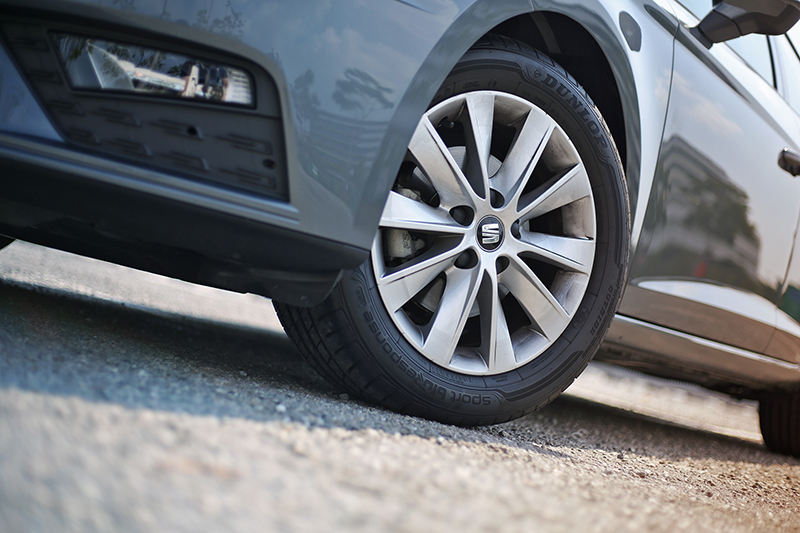
Passengers in the rear also get to cool down quicker on a hot day from rear-facing aircon vents. Boot space is also reasonably large, although the loading angle seems a bit higher, due to the slimmer hatch door design. This might be a problem if you need to load items that are both wide and tall.
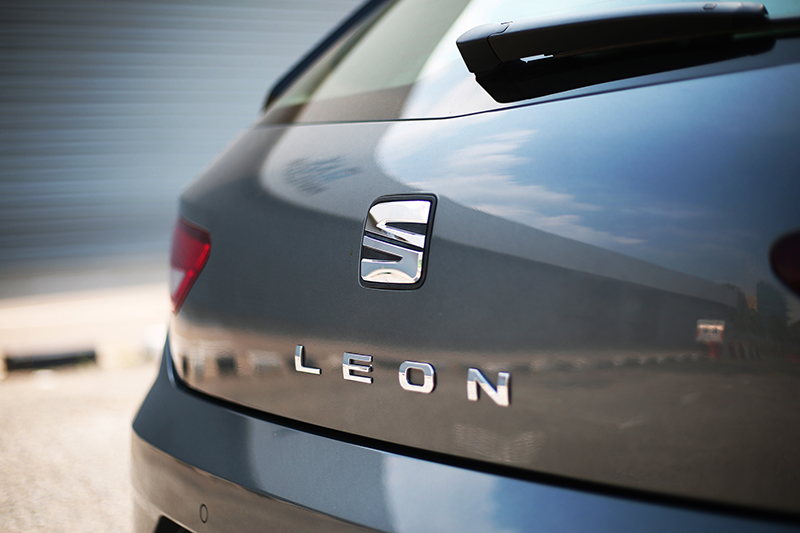
Take it out on the road and that’s where the amazing power-plant from VAG just shines. Paired to a 7-speed DSG gearbox, shifts are smooth and power delivery is sprightly, except for the occasional lag in the pedal-to-response feel that plague all smaller capacity TSI engines.
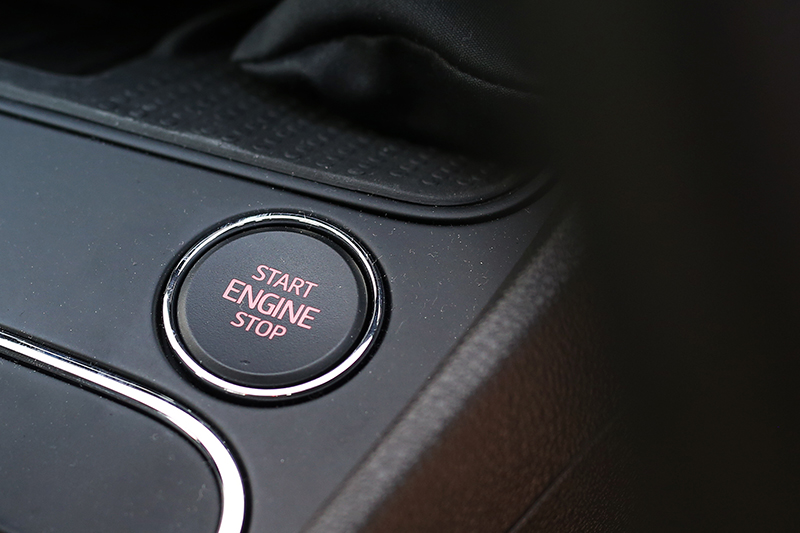
Shift the gearstick to “S” and the gearbox software will hold the gears a bit longer for you to access the 200 Nm more easily and keep the car in a more ‘energetic’ power band. While the regular “D” mode would be fine for most people, I found it hard to drive in any other mode other than “S”.
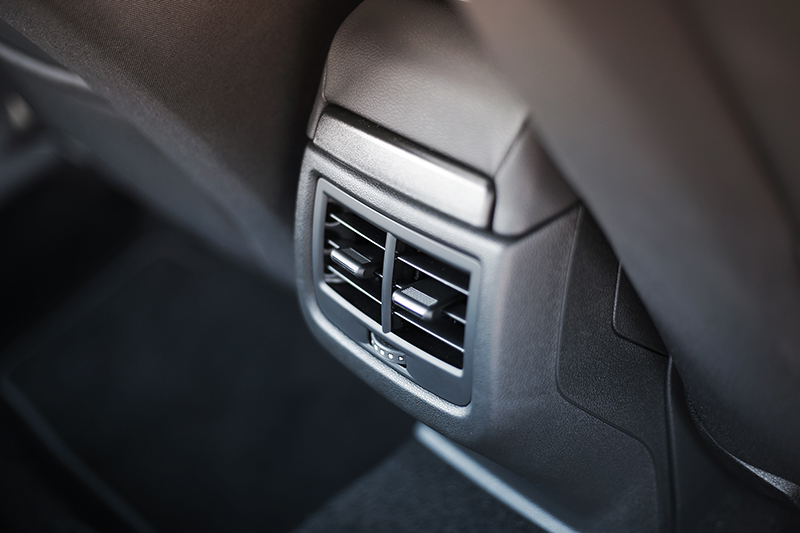
The Leon is a pretty nice car to drive fast. It’ll hit the 0-100 km/h sprint in less than 10 seconds and go on to reach speeds in excess of 200 km/h. Not bad at all.
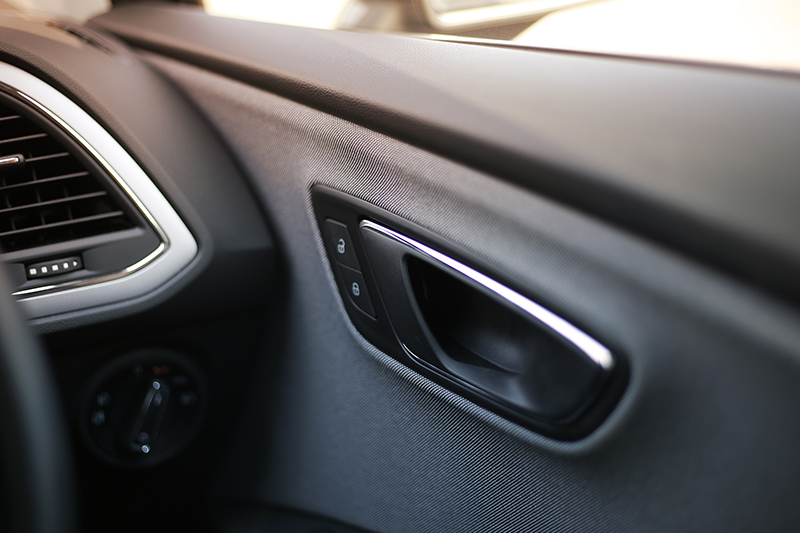
There’s also a rewarding sense of achievement when you can push a car to its limit and still feel like you’re in control. Which makes ‘adequately’ powered cars like the Leon fun. Chucking the car from corner to corner also allowed the car to exhibit some its fine handling capabilities.
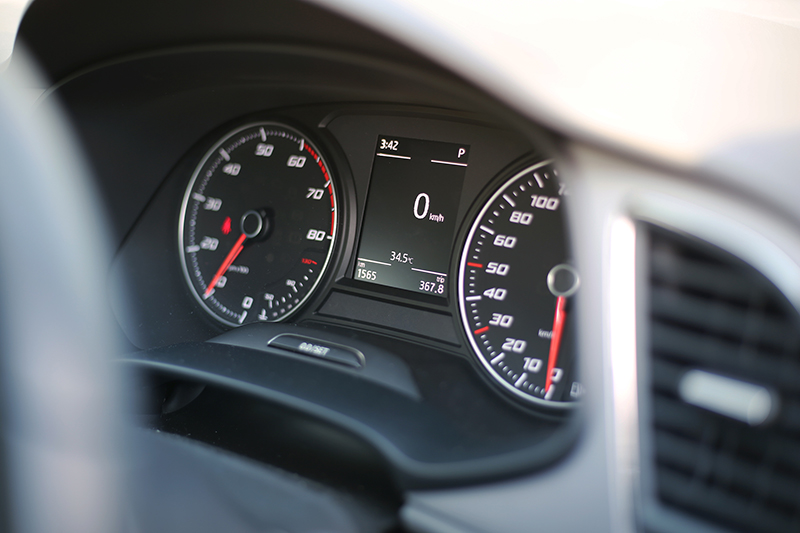
I’d definitely go for stickier tyres if I ever owned one though. Not that the stock Dunlops were bad, but just so I can push the chassis that bit more.
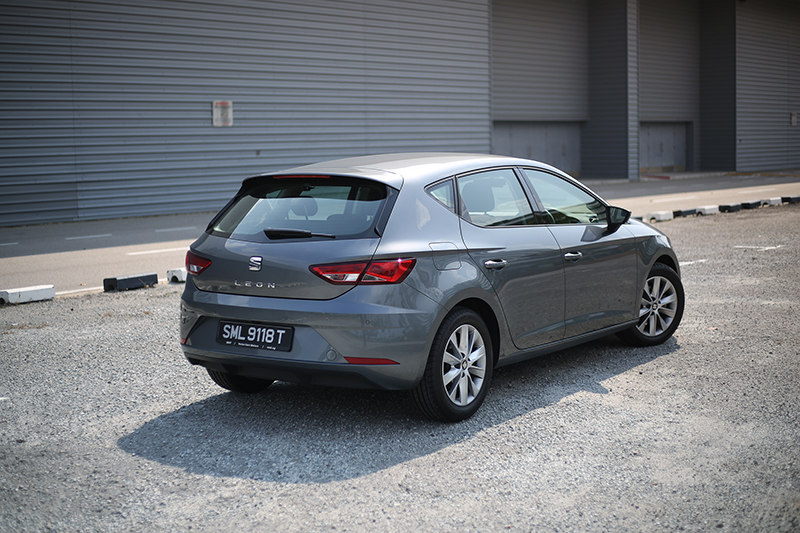
On the whole, there’s really nothing to complain about the base Leon. The choice is truly yours as there are so many options out there. But if a ‘safe and solid’ feel is what you like from a car, but don’t want to compromise on features and drivability, the SEAT Leon 1.0 TSI will most definitely do!
